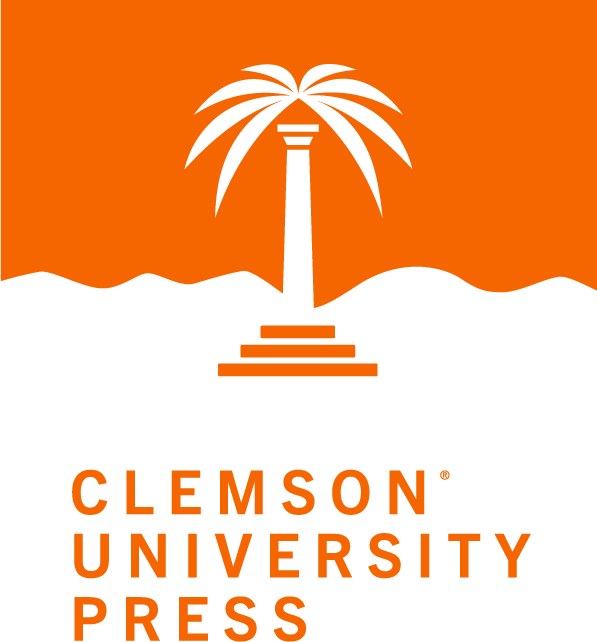
Could you tell us a bit about The Cantos and why they have been so widely studied?
The Cantos are one of modernism’s longest poems, begun in earnest around 1915 and incomplete at Ezra Pound’s death in 1972. They cover decades of political and cultural history through which Pound was always near the center, with his readings of the world around him and of the past and the future powerfully revealing throughout and often perplexing. I think it’s the extensiveness of this poem as a cultural document that has led to its ubiquity in academic circles—whichever portion of it you turn to you’re taken in many directions, with the reader keenly encouraged to learn about periods of history they’re unlikely to have known about and to engage with fascinating bodies of work that are ignored by most other twentieth-century writers. Pound’s intense political engagement makes his work even more fascinating, as we read this poet who has such a developed understanding of the modernist cultural world get things so catastrophically wrong with his political attachments leading up to the Second World War. All of these things, added to Pound’s ubiquity as a cultural scene-maker throughout the years of High Modernism, make The Cantos compelling to read in its context, while the complexity of Pound’s methods and sources make for a distinctively immersive reading experience.
What is the effect of examining single or small isolated groups of cantos? Did you find that they can be interpreted differently when assessed in this way?
The rationale for this book developed from the London Cantos Reading Group, which has been running at the Institute of English Studies at the University of London since 2006. We decided to organize the group by reading one canto a session, approached in a non-linear fashion according to the interests of invited guests and group members. It seemed sensible to us to look at a canto a session because of the complexity of the poem and the unlikelihood of arriving at coherent readings of the wider poem, while also not wanting to get bogged down in line-by-line readings in the way that reading groups that have sprung up around James Joyce’s Ulysses and Finnegans Wake often do. We felt that Pound’s ideogrammic method (which works through the juxtaposition of “subject rhymes” within, across and between Cantos) demands that we approach the text in a way that gave us enough space to read at least some of those ideograms, and approaching it non-chronologically served to emphasize those connections, with rhymes from the earliest parts of the poem repeating throughout and Pound’s distinctive connective technique illuminated across the decades of the poem.
The benefits of reading the poem in this way extend to writing about it. Attempts to offer a homogeneous reading of the whole poem, and even of shorter sections of it, have often failed to account for its true complexity. We believe that bringing a multitude of critics together with differing understandings and approaches is the best way to draw out the multiplicity of Pound’s poem. All of the pieces are written with an awareness of the poem as a whole, yet the close focus of the writing allows us to consider each iteration of a subject rhyme in its proper context.
This book, the first of three volumes, draws focus on groups of cantos from the Ur-Cantos. What can we learn from these early, discarded works?
Helen Carr’s piece on the Urs in Readings in the Cantos volume 1 offers an extensive explication of the context in which Pound began his long poem and the many different approaches that he tried as he began his project. Pound’s poem remains heterogeneous throughout, but the beginning is particularly eclectic, with Pound self-consciously running through a series of different possible approaches to his project. In the Urs Pound grapples with Browning, Homer, Ovid, Anglo-Saxon poetics and much else, experimenting with different voices and compositional strategies, before lighting on the Cantos-method that would come to define his project. It is incredibly helpful to watch him draft and edit here, with his rejected starting points offering key insights into the way his eventual voice developed.
At this moment we see Pound’s incredibly influential version of literary modernism emerging for the first time, with the gestation of the Ur-Cantos offering a privileged insight into the aesthetics of a wider movement. It is, therefore, fitting that Readings in The Cantos begins with these sections, which would be much changed in later versions of this poem. In their variousness they gesture toward the approaches we have taken here, with diversity becoming the key editorial consideration in this project.
How does this volume pave the way for further research into The Cantos?
This book should serve as a reference resource for readers looking for information on particular sections of The Cantos, providing an ideal starting point for a research project. The essays offer insight into the current state of critical thinking about The Cantos and in that they should offer ways forward: elaboration out of, and disagreement with, these essays will offer a multitude of routes forward.
This volume and the volumes that will follow feature an impressive cross-section of today’s significant Poundians, and of writers on modernism more generally. Dipping into Readings in The Cantos offers a primer on modernist studies, and we hope that the essays here will provide ways into some greatly rewarding critical oeuvres.
At the same time as offering this summation it is a crucial element of this project that The Cantos are approached heterogeneously here, with the essays offering examples of the variety of critical approaches that can be taken toward Pound’s long poem. In this the collection offers examples of critical practice to follow and to contradict. While these essays necessarily foreground the kinds of source-hunting that are synonymous with Pound studies, they also move away into more speculative territories that will prove fertile for all readers of modernism.

